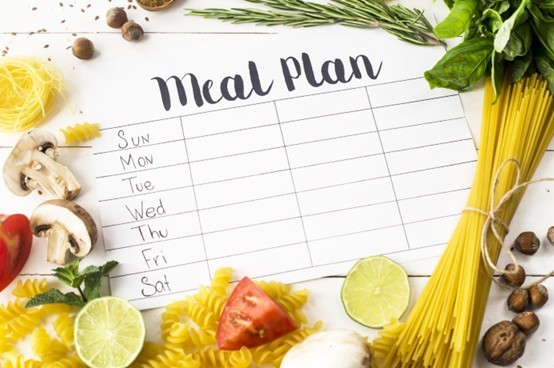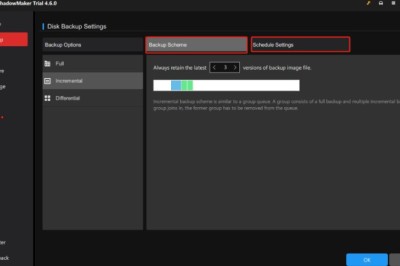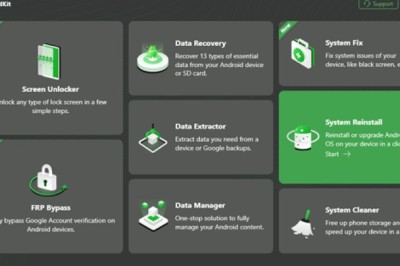views

According to the most recent federal data, the average U.S. household spent $8,289 on food in 2021. Of that amount, a third, or $3,030, went toward food away from home.
That's a lot of money, which you could save some of with the help of a meal plan. It can also help you control what you eat and reduce unhealthy snacking.
Unfortunately, common mistakes with meal plans can ruin all those benefits.
To that end, we created this guide on what those blunders are. So read on, as we'll also share tips on how to avoid them.
1. Prioritizing Convenience Over Nutrition
One of the benefits of meal planning is that it's convenient and lets you cut back on the time you need to prepare meals. It also saves time because you don't have to mull over what to have for breakfast, lunch, or dinner.
Instead, you only have to whip the prepped ingredients out of the fridge and cook them. Alternatively, you can reheat the dishes you've already prepared and pre-cooked.
However, that convenience may make you want to prepare just a few dishes with the same ingredients. For example, you may whip up meals using the same sources of protein, fruits, and vegetables. Unfortunately, this can result in your meals lacking certain nutrients.
You can avoid that by creating a meal plan with versatile, nutritious elements. If you're unsure where to start, check out plant based food delivery menus. Pro chefs and nutritionists often curate these menus, making them a great source of ideas.
2. Forgetting to Check What's Already on Hand
You can save money with meal plans since you'll only buy ingredients based on your planned dishes. You'll also spend less on travel costs by reducing the frequency of your shopping trips.
However, you can only expect those cost savings if you check what you already have on hand. If you don't, chances are, you'll buy stuff already present in your pantry, fridge, or freezer.
That can waste not only food but also money. Indeed, the typical U.S. household loses an average of $1,892 on wasted food yearly.
3. Not Considering Available Fridge and Freezer Space
Before planning a weekly meal schedule, check if all that food can fit in your fridge and freezer first.
If you shop without doing that, your ingredients and meals are at risk of spoilage. Aside from being a waste of money, spoiled food can also cause food poisoning.
4. Prepping the Same Stuff
It's easy to fall into the trap of making the same meals repeatedly once you master their recipe. However, if you keep preparing and eating the same dishes, it won't be long until you get diet or food boredom.
When that happens, you're more likely to crave stuff that isn't in your fridge. That can entice you to go out and eat or order less healthy options.
To avoid that mistake, make it a habit to change your meal plan every week. Also, try experimenting with herbs and spices to diversify your dishes.
Avoid These Common Mistakes With Meal Plans
Now that you know the most common mistakes with meal plans, you're more likely to get things right. Start by prioritizing your nutritional needs and checking the ingredients you already have. Don't forget to consider your storage space, and always add variation to your meals.
If you liked this article, you'd enjoy reading our other guides. So, check the rest of our site for more exciting and informative blog posts!
https://thetechzon.com/oriwiw-review-an-online-shop-for-random-products/






















Comments
0 comment